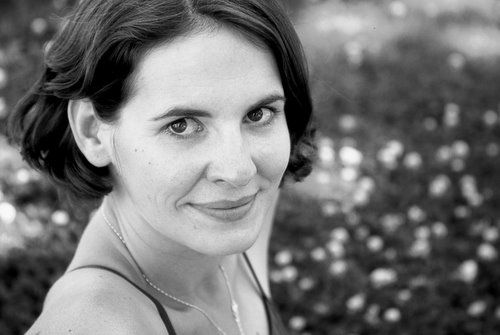
Finally, I found an organisation that I feel good about giving money to. In Austria, Budi spoke about this project enthusiastically, so I too bought 100m2 of rain forest in Costa Rica for only 14 Euros. The money is given to the owners, and then the forest is donated to the national park.
The project is called "Regenwald der Oesterreicher" - Rainforest of the Austrians. It does rain a lot in Austria, but that doesn't make a rainforest yet, therefore, I assume, they had to go to Costa Rica. The project includes a research station, which is a partnership with the department of botany of the University of Vienna.
When we compare Austria's and Costa Rica's biodiversity, Costa Rica is laughing. There are 40 different kinds of palm trees in this NP, one of them can even walk! Socratea exorrhiza uses its roots to find the good sunny spots and can move up to 1 m a year. Not quite a long distance runner, but for a tree pretty amazing.
One area, where improvement is needed, is that they are still using the antique way of payment, i.e. they send you an invoice by mail. I sent them a note, to join Paypal or something similar, so that next time, it's truly me, who buys the forest, not my family in Austria (Danke, by the way).














